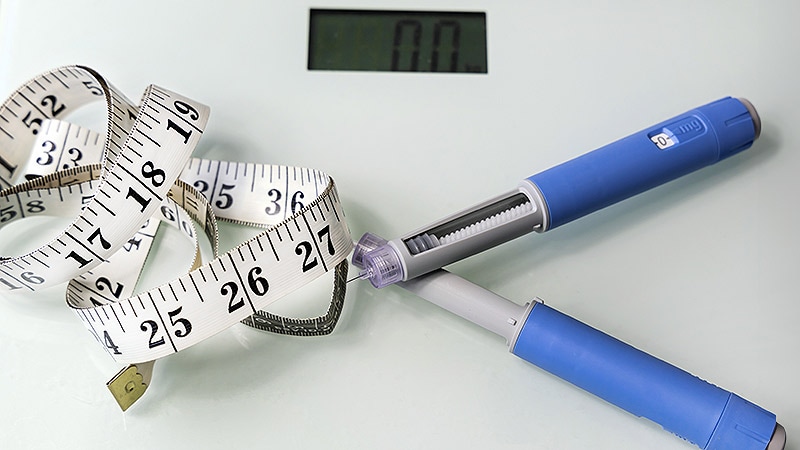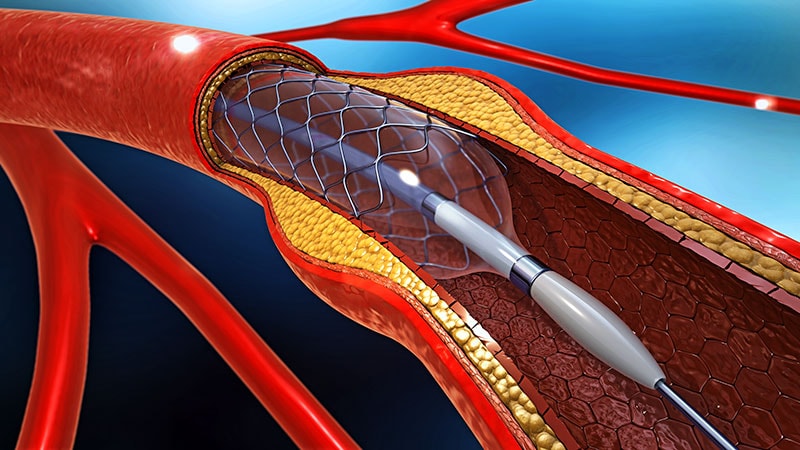Tolvaptan Slows Progression in Genetic Kidney Disease
TOPLINE:
Long-term tolvaptan treatment in patients with autosomal dominant polycystic kidney disease (ADPKD) yielded a 14% reduction in kidney function decline but had no influence on kidney growth.
METHODOLOGY:
- Tolvaptan, a vasopressin V2 receptor antagonist, is the only available therapy for slowing ADPKD, but long-term real-world data on its impact on kidney function are lacking.
- Researchers pooled data from two cohorts — one prospective and one retrospective — to investigate the long-term impact of tolvaptan on kidney function and volume in 615 patients with ADPKD (mean age, 48 years; 58.2% women). Among them, 17.1% received tolvaptan for more than 6 months, with an average treatment duration of 6.1 years.
- Two matched cohorts of 92 patients each were created: One for those treated with tolvaptan and one for those not treated with tolvaptan.
- The estimated glomerular filtration rate (eGFR) was measured at least once per year, and total kidney volume was measured at least once every 3 years.
- Treatment effects were analysed using an acute slope analysis for the first 6 weeks after tolvaptan initiation and a chronic slope analysis for the remaining treatment period.
TAKEAWAY:
- In patients treated with tolvaptan, the rate of eGFR decline decreased by 14% (improving from −4.36 to −3.75 mL/min/1.73m²/year; P = .03) during the chronic slope analysis, whereas no such improvement was observed in those not treated with tolvaptan.
- Tolvaptan treatment did not have any impact on the total kidney volume in patients.
- Patients with 24-hour urine osmolality < 182 mOsm/kg during treatment, those with increased daily osmolar intake, and those co-treated with diuretics experienced enhanced treatment benefits from tolvaptan therapy (P = .01 for all).
- Patients treated with tolvaptan showed a reduction in urine osmolarity (mean difference, −204 mOsm/kg; P < .001), whereas no significant change was noted in those not treated with tolvaptan.
IN PRACTICE:
"We identified lower urine osmolality during treatment, a higher daily osmolar intake, and use of diuretics as determinants of better tolvaptan treatment efficacy. These determinants may guide selection of treatment goals in patients but need confirmation in independent cohort studies," the authors wrote.
SOURCE:
This study was led by Paul Geertsema, University of Groningen, Groningen, the Netherlands. It was published online on March 6, 2025, in Nephrology Dialysis Transplantation.
LIMITATIONS:
The data used in this study were observational and partially retrospective in nature. Total kidney volume measurements in one cohort were estimated using the ellipsoid formula, potentially introducing variability in growth rate calculations. Additionally, this study lacked direct pill count data to verify treatment adherence.
DISCLOSURES:
The authors reported no funding for this study. Two authors received research grants and speaker fees from Ostuka Pharmaceuticals.
This article was created using several editorial tools, including AI, as part of the process. Human editors reviewed this content before publication.


 Admin_Adham
Admin_Adham


